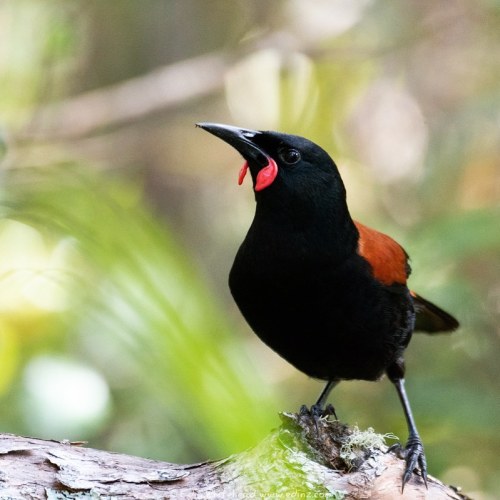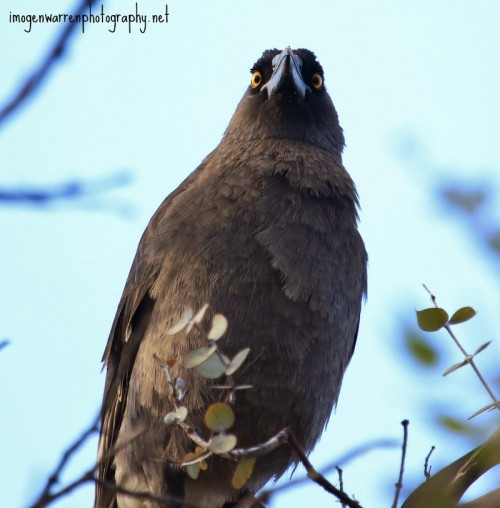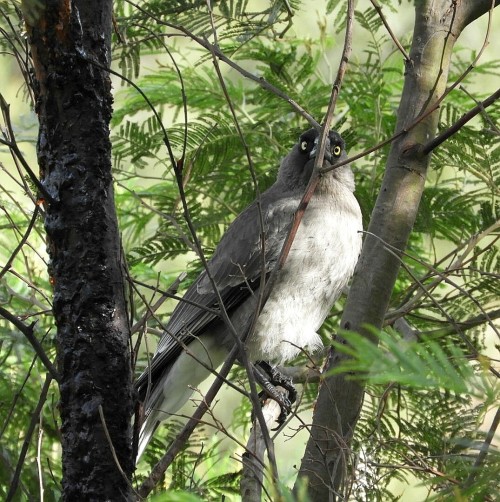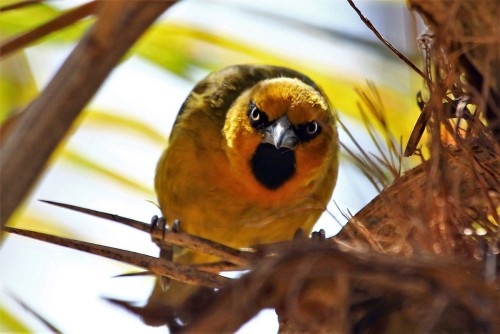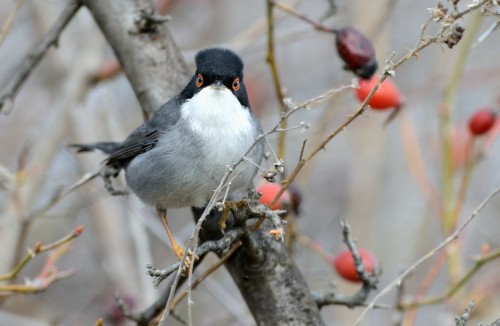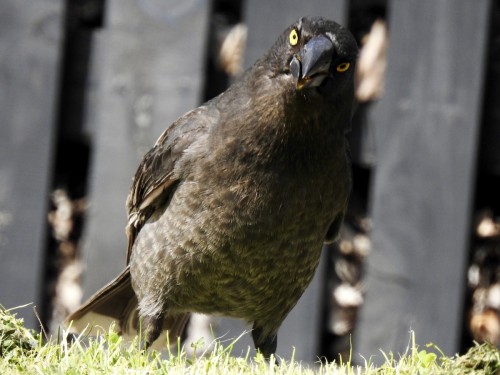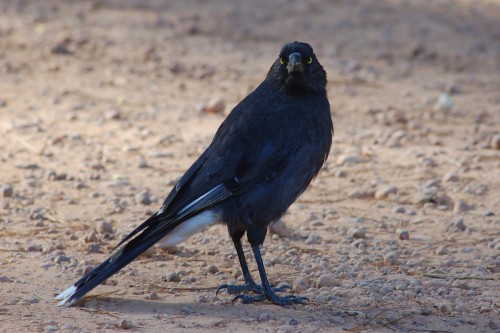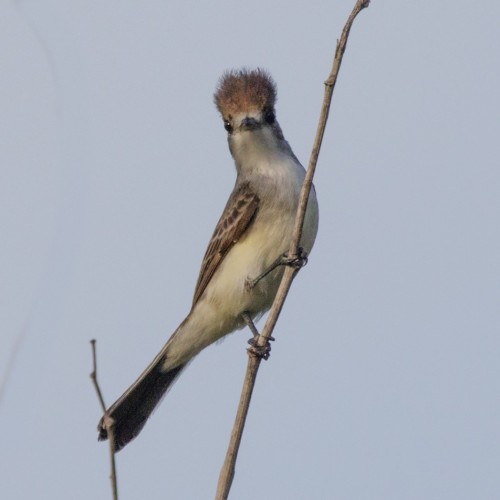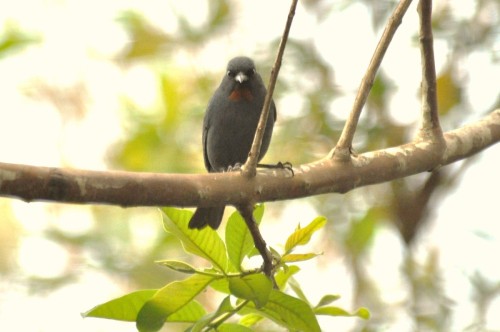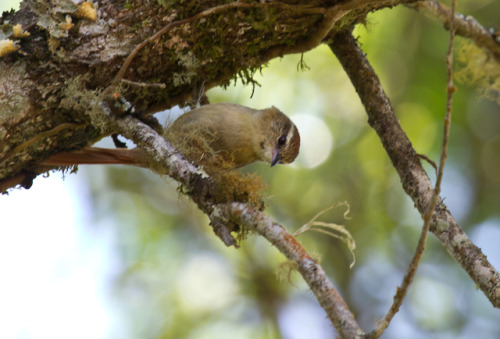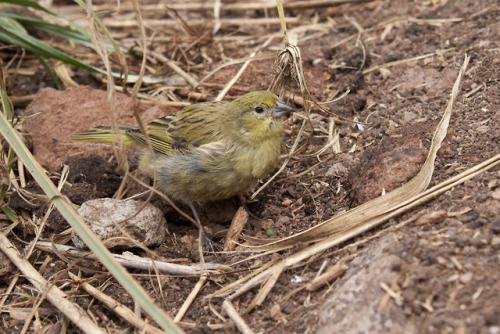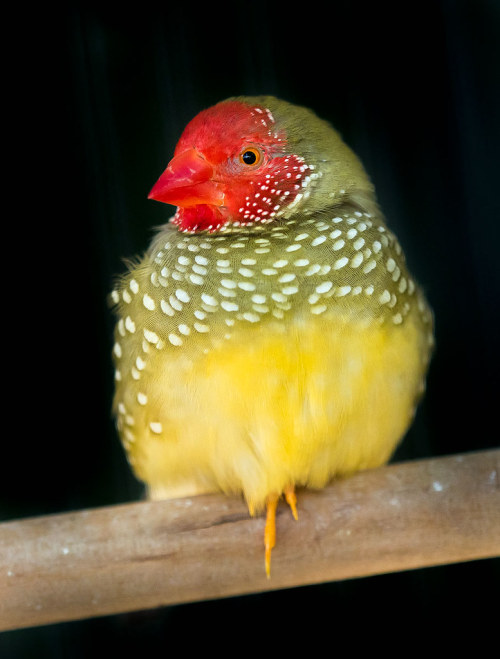#passeriformes
March 17, 2020 - Rufous Fantail (Rhipidura rufifrons)
The fifteen recognized subspecies of these fantails are found in eastern Australia and parts of Indonesia, Micronesia, the Northern Mariana Islands, Papua New Guinea, the Solomon Islands, and Timor-Leste. Often foraging in mixed-species flocks, they eat a variety of insects and spiders, capturing them in short flights or picking them from plants. Pairs build compact cup-shaped nests from grass and fine plant fibers held together with spiderwebs, usually in forked branches. Both parents incubate the eggs and feed the chicks.
Post link
Tīeke are such neat birds, and I love their endless chatter.
#birdventurenz #your_best_birds #nuts_about_birds #birdsofinstagram #birdsaotearoa #nzbirds #birds_adored #bird_brilliance #thebrillianceofbirds #nikonnz #nikond500 #wildlife_perfection #naturelovers #bird_lovers #bird_lovers_daily #raw_birds
https://www.instagram.com/p/B-aUMNRJkw4/?igshid=1d354hbvo5fnr
Post link
Green Honeycreeper (male)
#birdphotography #bird_captures #birdsonearth #naturephotography #bb_of_ig #eye_spy_birds #allmightybirds #feather_perfection #birdsofinstagram #planetbirds #yourshotphotographer #CostaRica #birdselite #birdsonearth #birds_illife #travelgram #best_birds_of_world #bird_lovers_daily #bestbirds #kings_birds #bestbirdshots #earthcapture #birds_private #nuts_about_birds #bird_brilliance #birding #wildlifephotography #best_birds_of_ig #birds #raw_birds (at Papa’s Place)
https://www.instagram.com/p/B-MoGTegEbB/?igshid=11n11r4inncmb
Post link
SCARLET BACKED FLOWERPECKER (male)
Dicaeum cruentatum
©Choy Wai Mun top
©Doug Janson - bottom
This is a tiny bird about the length of a business card, 9 cm (3.5 in) and weighing 7 to 8 grams (0.25 to 0.28 oz). Sexually dimorphic, the male has navy blue upper parts with a bright red streak down its back from its crown to its tail coverts, while the female and juvenile are predominantly olive green. It is found in subtropical or tropical moist lowland forests and occasionally gardens in a number of countries throughout South and East Asia. “Cruentatum” in its Latn name translates to bloodstained for the bright red color which runs down the male’s back and along the hind end of the female. Called a flowerpecker but is primarily a frugivore.
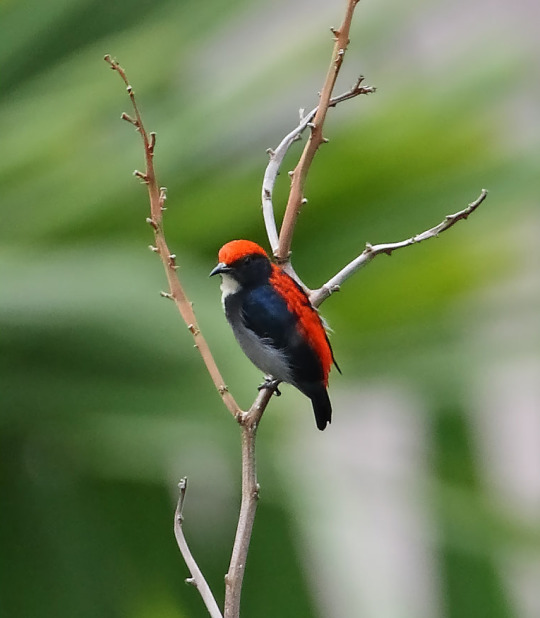
Post link

South Africa//Least Concern//Passeriformes//image source
Fun Fact: Aside from the long tail display, male cape sugarbirds attract females by beating their wings to make unique sounds.


